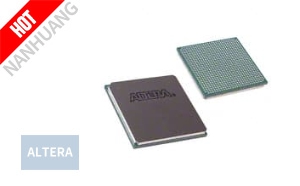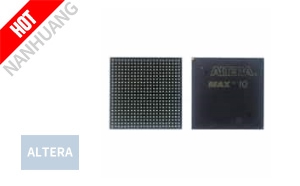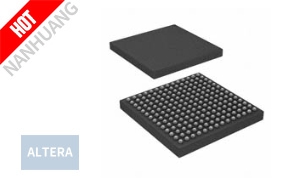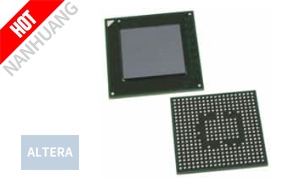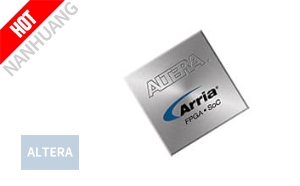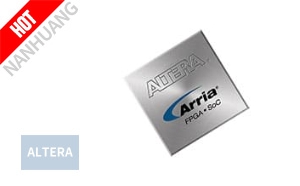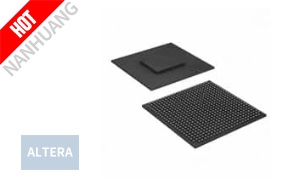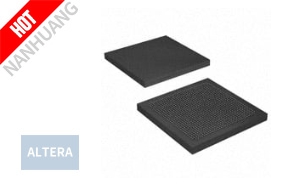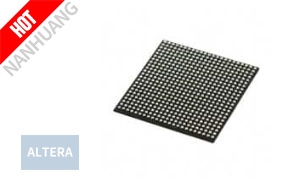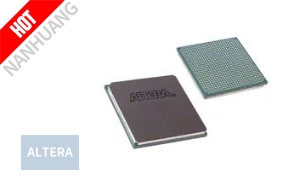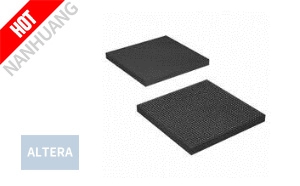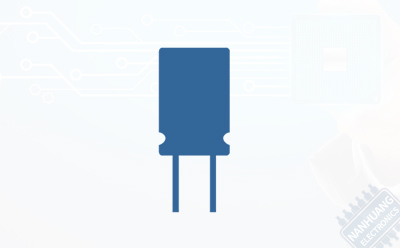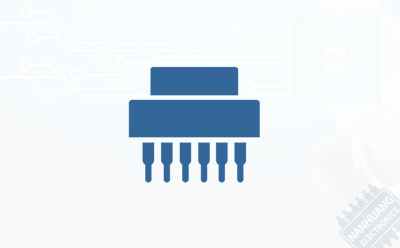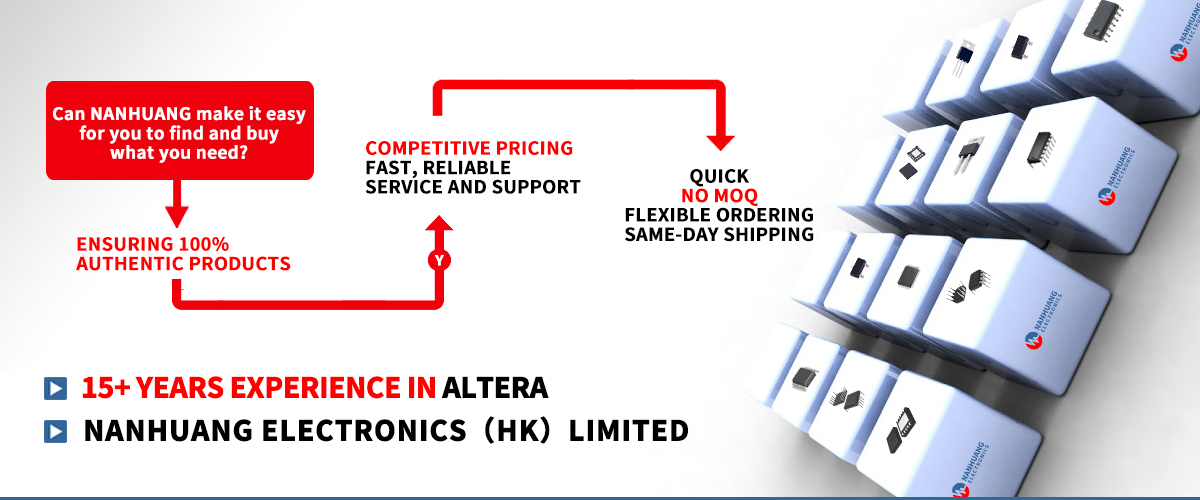
Just five years ago, Advanced Micro Devices’ (AMD) acquisition of Xilinx would have sent shockwaves through the distribution channel. Xilinx and archrival Altera, now owned by Intel, were the last holdouts of a practice called shelf-sharing, where two competitors refuse to be sold side by side — “share shelf ” — at a single distributor.
Xilinx is an exclusive supplier to Avnet Inc., which has carried the line since the late 1980s. Altera was historically aligned with Arrow Electronics Inc. Both distributors carry Intel (Altera’s parent) and AMD (Xilinx’s new owner).
To avoid sharing shelf, Intel (Altera) and AMD (Xilinx) in the past would have to choose between the two global distributors – one of which would lose the combined product lines.
A lot has changed.
During their respective earnings calls this week, Arrow and Avnet executives were asked if they see any risk or benefit from the AMD/Xilinx merger. “Not everything out there [is going to cause] a wholesale change,” said Michael Long, president and CEO of Arrow.
Shelf-sharing has been waning since Intel bought Altera in 2015. Intel is so broad and valuable to the channel – Intel’s sales were $72 billion in 2019 — that its integration of Altera didn’t kick up a fuss in the Xilinx camp. Intel has sold as much as 55 percent of its volume through distribution, so Altera and Xilinx have quietly been available through the same distributors.
This also means smooth sailing for Avnet, whose fate is inextricably tied to Xilinx. Avnet has invested significantly in training, facilities and inventory to support Xilinx over more than 30 years. On Avnet’s earnings call, Avnet Interim CEO Phil Gallagher described its AMD relationship as “outstanding.”
Xilinx, AMD, merger, acquisition“Our relationship with Xilinx is terrific through the organization, so we feel there’s very minimal risk here at this point,” he added. “I actually think there’s tremendous opportunity for us as these two companies to start building out the data centers, the technology solutions they’re looking to do to combine the best of both.”
Avnet was a casualty of Analog Devices’ acquisition of Linear Technology. ADI consolidated its global business under one distributor – Arrow. Avnet carries Maxim, which was just acquired by ADI.
If this sounds confusing, it is. Shelf-sharing began when a U.S.-Japan semiconductor price war erupted in the 1980s. U.S. chipmakers dropped distributors that carried Japanese lines. Competitors (such as AMP and Molex or Intel and AMD) also avoided sharing distributors.
As the electronics industry expanded and globalized, shelf sharing became unpopular with OEM and EMS customers that wanted to consolidate their procurement under fewer distributors. Although the channel’s massive M&A binge in the 1980s and 1990s reduced the distributor population, it also brought competitive vendors together. Under pressure from customers, most suppliers had dropped the shelf-sharing prohibition by the late 1990s.
There was also a power shift in the channel. Semiconductor companies used to dwarf their distribution partners in terms of revenue, and they rarely hesitated to use this clout. The tables have since turned. Arrow ($29 billion in 2019) and Avnet ($17 billion for FY 2020) now outsize most of their suppliers. Distributors say they don’t control their suppliers’ decisions, but their size and reach have certainly increased their leverage.
Most vendors don’t have the resources — or desire — to deal directly with customers or establish an independent sales presence in all global regions.
What distributors now contend with is channel consolidation. ADI sells globally through Arrow; Texas Instruments dropped six distributors in late 2019; and Renesas recently reduced its Asian roster. The industry is waiting to see what impact — if any — ADI’s acquisition of Maxim might have on the channel.
Both Arrow and Avnet this week reported global business conditions are picking up, especially in China. Covid-19 is still impacting EMEA and the Americas and remains the biggest uncertainty going forward. With this in mind, suppliers may be hesitant to make any big distribution moves.
Although OEMs and EMS providers like one-stop shopping, they also don’t want to be too dependent on a single distributor. Customers have a significant influence on the makeup of the channel.
All registered trademarks and other trademarks belong to their respective owners. For more details, please visit Altera (Intel) official site.
- IC FPGA 413 I/O 780FBGA
- IC FPGA 246 I/O 324UBGA
- IC ETH PCI/CARDBUS CTRL 196-BGA
- IC FPGA 156 I/O 358UBGA
- IC FPGA 588 I/O 1517FBGA
- IC FPGA 504 I/O 1152FBGA
- IC FPGA 252 I/O 572FBGA
- IC FPGA 432 I/O 1152FBGA
- IC FPGA 324 I/O 484FBGA
- IC FPGA 374 I/O 780FBGA
- IC FPGA 81 I/O 100FBGA
- IC FPGA 976 I/O 1517FBGA
- Altera Offers High-Efficiency Power Conversion for FPGAs
- Altera & TSMC Partner on Packaging
- Altera CEO Receives Semiconductor Industry Highest Honor
- Altera Debuts Nine New PowerSoC Devices
- Altera Dev Board Reduces Costs for Industrial Designs
- Altera Ships 20 nm SoCs
- Altera Design Doubles NAND Flash Life
- Intel Completes Acquisition of Altera
- Altera announced the first shipments of its 28 nm SoC devices
- Altera and Palmchip announced their partnership to provide the industry's first system-on-a programm
- Altera announced the first successful demonstration of the Suricata Engine
- Altera is demonstrating a new NAND Flash reference design that extends the life of flash memory up


